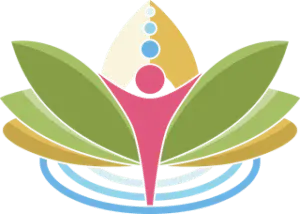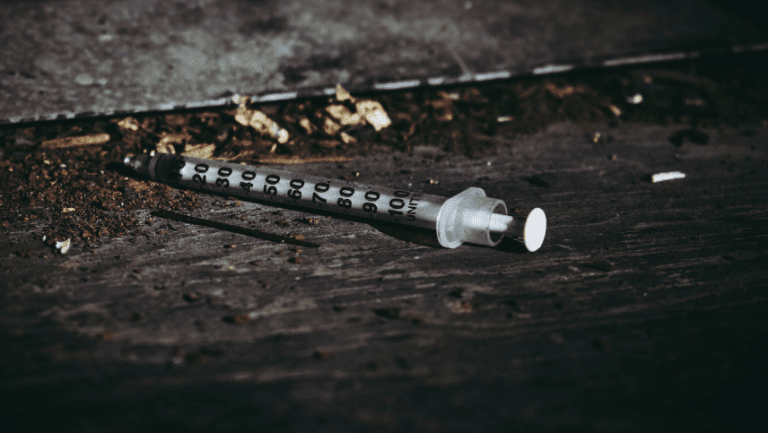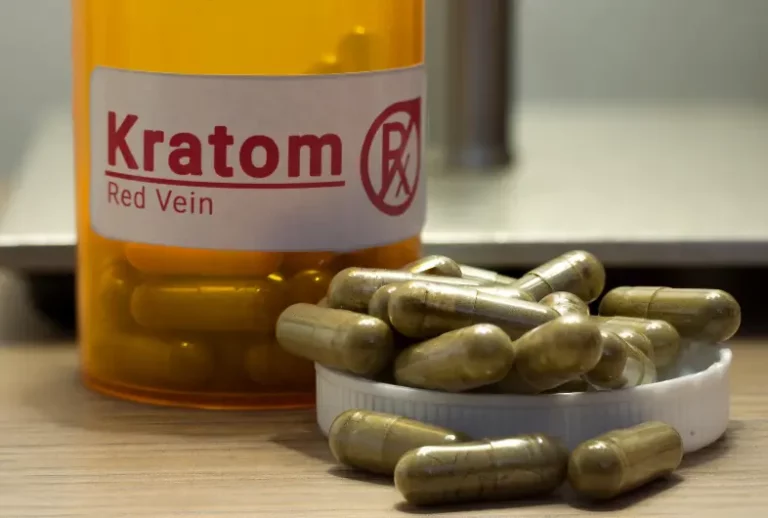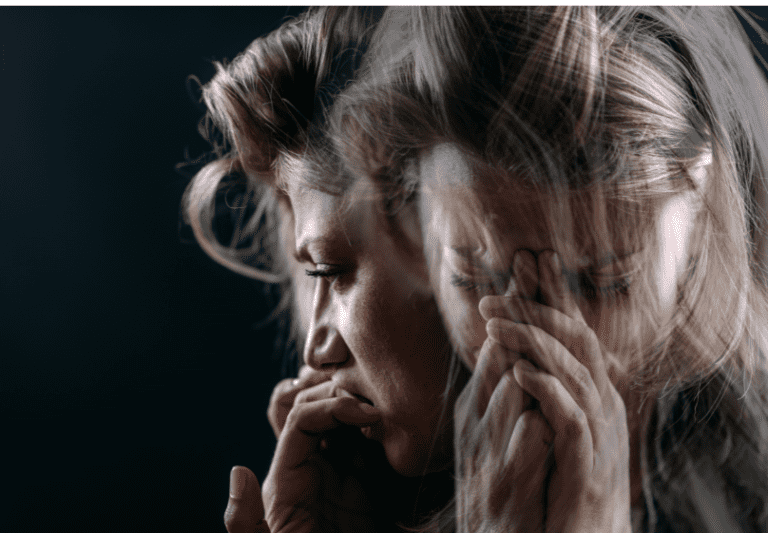Mental health treatment in Tennessee, as well as the rest of the United States, seeks to help individuals dealing with a variety of mental health issues and disorders. Although there are numerous types of mental health conditions, one of the most common is anxiety. Fortunately, there are many ways anxiety disorder can be treated, including through the use of red light therapy.
Understanding Anxiety and Anxiety Disorder
Whether it is wanted or not, anxiety should be an expected part of any person’s life. Work, education, decisions, relationships, and more can all cause a person to feel anxious. Fortunately, most feelings of anxiety will fade over time or can be coped with. However, for those living with anxiety disorder, their anxiety does not fade over time. In some cases, it may even become worse as time goes on.
Anxiety disorders are split up into different categories based on what causes them and how they affect a person. The three most common types of anxiety disorders are General Anxiety Disorder, Panic Disorder, and phobia-related disorders. Although each of these will cause a person to feel some level of anxiousness, the symptoms a person feels and exhibits can vary widely based on the type of disorder.
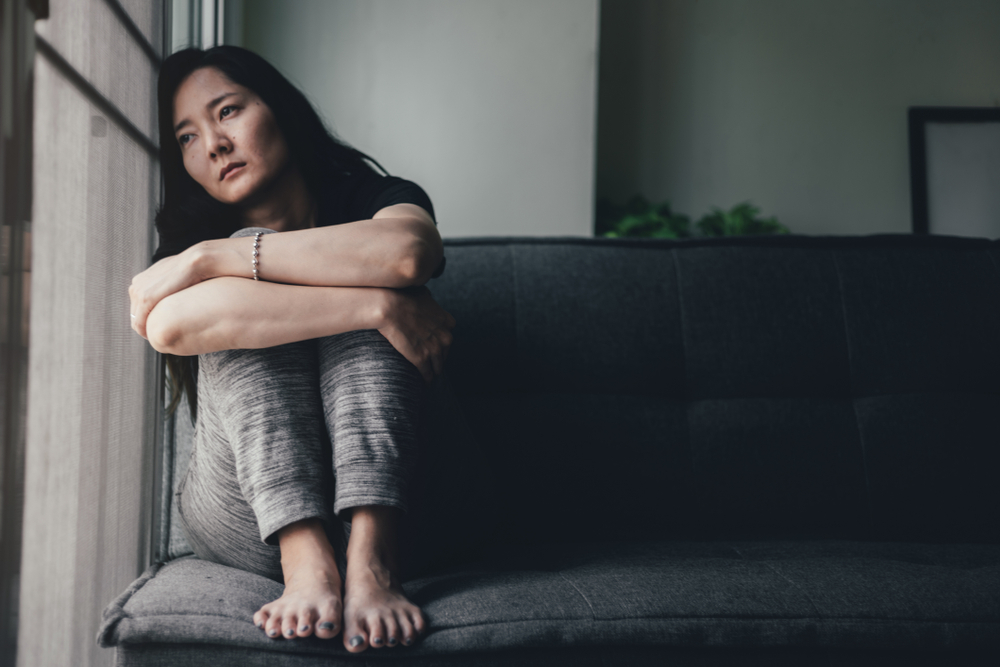
Symptoms of General Anxiety Disorder often include:
- Restlessness
- Fatigue
- Difficulty concentrating
- Irritability
- Muscle tension
- Issues sleeping
Panic Disorder is different from General Anxiety Disorder because it involves an individual having recurring, unexpected panic attacks. The symptoms of a panic attack usually include:
- Heart palpitations
- Sweating
- Trembling
- Shaking
- Shortness of breath
- Feelings of impending doom
- Loss of control
Lastly, phobia-related anxiety disorders are unique because they stem from one cause, phobia. The symptoms of this form of anxiety disorder typically include:
- Irrational or excessive stress about the feared person, place, thing, situation, etc.
- Avoiding the fear
- Immense anxiety when encountering whatever is feared
What is Red Light Therapy?
Red light therapy is a noninvasive, painless, and nonheated procedure that uses low-intensity red and near-infrared light to stimulate healing in the body’s cells. It uses light-emitting diodes (LEDs) to do this. This technique was invented by Hungarian physician and professor Endre Mester in 1967 while studying how cancer cells respond to radiation. Today, it is used in medicine, dentistry, spas, and homes to help alleviate inflammation, pain, and mental distress.
Red light therapy uses light in the red range because it can penetrate tissue more easily. Red light helps mitochondria, the cell’s energy generators, be activated, which makes it more readily absorbed by cell parts that capture light energy. Mitochondria are responsible for producing the majority of the energy your body uses. If the mitochondria produce less ATP as a result of ageing, illness, or a habit, red light therapy can trigger a reaction to improve this condition.
Red Light Therapy for Mental Health Treatment
Red light therapy and light therapy, in general, originated in Denmark in the early 1900s. Physicist Niels Ryberg Finsen studied and utilized this form of therapy to treat people suffering from skin tuberculosis. Through his work, Finsen discovered that certain kinds of light, such as red light, can actually encourage skin cell growth and increase cellular functioning. By exposing these individuals to red light, Finsen was able to help people with skin conditions like tuberculosis. However, as work and research with light therapy has expanded over the decades, researchers have discovered a number of benefits red light therapy can have for those who use it, including in mental health treatment.
Red light therapy for depression works by solely targeting the head, whereas red light therapy for anxiety can be absorbed anywhere on the body, not just the head. This is thought to be due to the fact that some mitochondria cross the entire body, and so the red light treatment may affect your anxiety symptoms even if you are not administering it to your head.
With mental health, red light therapy can increase your energy, help you sleep better, reduce mental fatigue, and decrease inflammation. While scientists are still in the process of studying exactly how RLT can help with anxiety, there are a few small studies that have already been published that have promising results. Both studies found that GAD patients experienced significant reductions in their symptoms after eight weeks of RLT treatment.
Red light therapy helps to eliminate that feeling of lethargy that accompanies low mood and anxiety. Mitochondria are the ‘powerhouse’ of cells and are stimulated by red light therapy. This energy is then distributed where it is most needed. Red light therapy supports your mental health by stimulating areas of the brain related to certain types of depression and anxiety. There has been significant success in clinical trials and studies using red light therapy with and animals. Such as reduced levels of cortisol, a stress hormone, increased serotonin levels in the prefrontal cortex and hippocampus, and reduced nitric oxide intensities in those same areas of the brain.
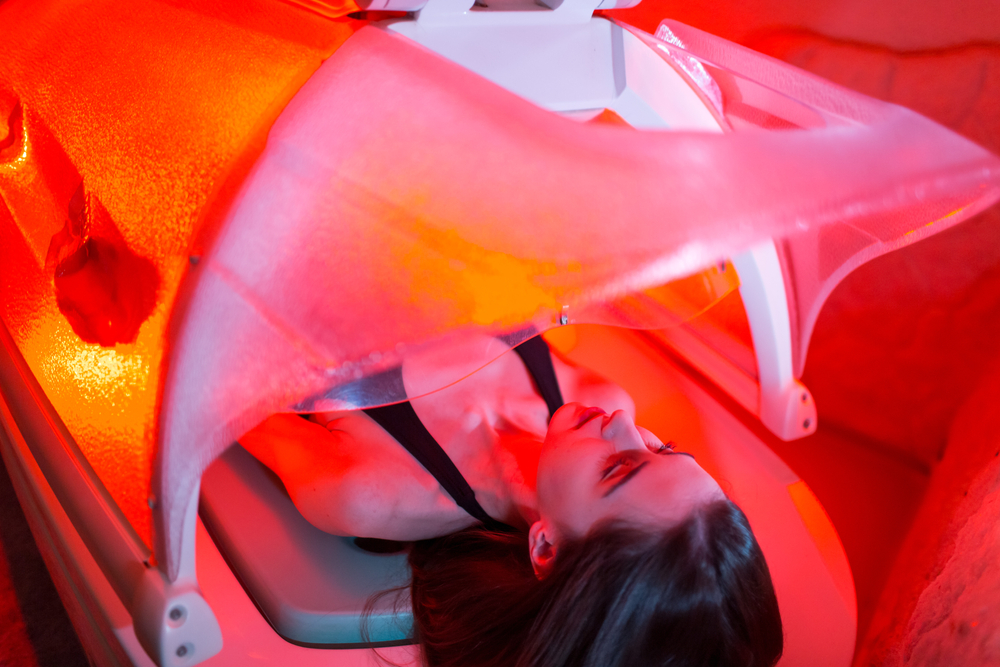
Benefits of Red Light Therapy for Anxiety
Red light therapy may not be a cure or comprehensive solution for anxiety or other mental health disorders, but it can offer those living with an anxiety disorder several significant benefits, including:
Extra Energy
The red lights used in red light therapy penetrate the skin, allowing skin cells to absorb more energy. In doing so, these cells increase their productivity and growth. Oftentimes, this translates throughout the body and makes a person feel more energized in general. In some cases, extra energy is exactly what a person needs to combat their anxiety.
Pain Relief
The use of red light waves helps to boost blood circulation and deliver vital nutrients and oxygen to damaged areas. This helps to speed up the repair and regeneration of damaged areas, which leads to less pain and inflammation. Red light therapy for pain is a less invasive and safe alternative to traditional approaches to pain relief.
Improved Sleep
Many individuals living with an anxiety disorder often have trouble sleeping. Fortunately, the lights used during red light therapy sessions help to subconsciously establish the difference between waking and non-waking hours. This typically makes it easier for individuals using red light therapy to fall asleep and stay asleep at night.
Rejuvenated Skin
The body and mind are connected. One cannot exist without the other. Oftentimes, by improving one’s physical body, such as rejuvenating their skin through the use of red light therapy, it has a positive impact on their mental health as well.
Mental Health Treatment in Tennessee
Anxiety disorders are hard to combat alone. If you or a loved one are living with an anxiety disorder and are in need of assistance, quality mental health treatment in Tennessee is available! At Knoxville Recovery Center, our team of mental health professionals provide several treatments and therapies, including red light therapy.
Services offered:
Detox – Our on-site detox clinic accommodates and supports clients as the body sheds all residual traces of addictive substances. Clients are under medical supervision during the detox process to ensure that they remain safe and comfortable.
Addiction Treatment – During our addiction treatment program, clients will engage in introductory therapies and exercises that work to prepare them for continued, more intensive treatment outside of our facility. The goal of our addiction treatment track is to stabilize clients so that they are treatment-ready.
Mental Health Treatment – Our mental health treatment program introduces behavioral therapies rooted in self-expression and holistic exercise. Art therapy, music therapy, and yoga are just a few forms of therapy we offer at the center. Our goal is to help the client reclaim their voice and expose them to treatment within a professional facility.
Aftercare Planning – Aftercare is designed for individuals who have benefitted from our introductory addiction services and are transitioning into a more intensive addiction treatment program. Once a client is stabilized, they will be encouraged to pursue continued addiction treatment. Our experienced case managers will then work with our clients to place them in a program that addresses their specific wants and needs.
If you feel that you or a loved one is struggling and needs help, or if you’re curious about the difference in Vyvanse vs Adderall or any other stimulant prescription drug, our specialists are on standby and ready to help. Call Knoxville Recovery Center and speak with an expert today!

